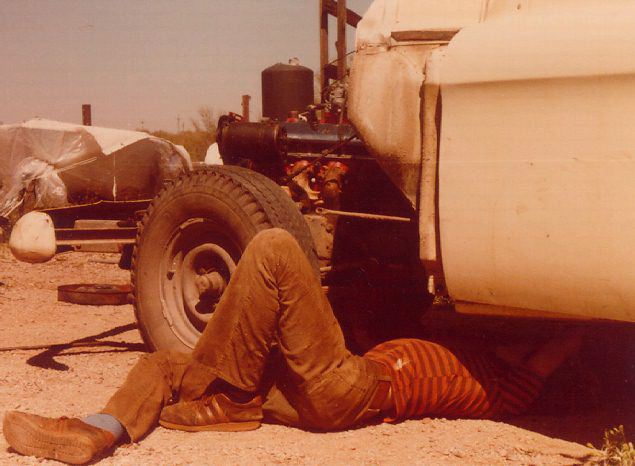like the LTZ option on the Chevy trucks--you had to buy the luxury package to get the 6.2 engine. If you wanted the 6.0 you had to move up to a 3/4 ton.
Of course, back in 1973 when you could buy a strippo half ton with the 454, the engine wasn't anything to write home about, in stock smog truck form.
Of course, back in 1973 when you could buy a strippo half ton with the 454, the engine wasn't anything to write home about, in stock smog truck form.




Comment